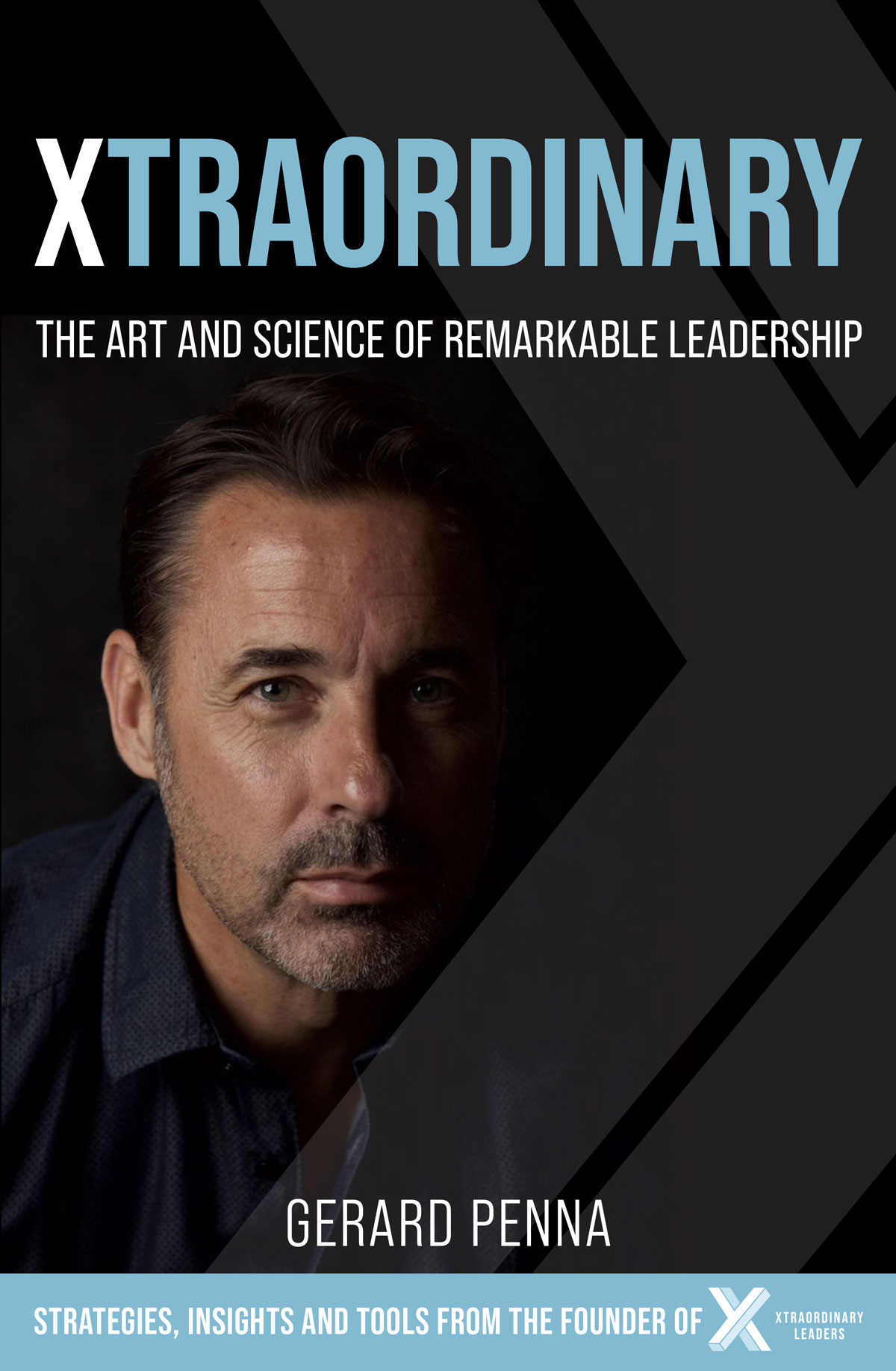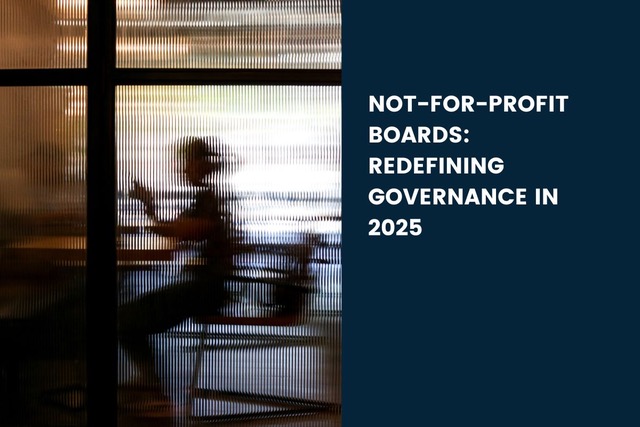Catalyst Leadership
This search has led to a most remarkable version of leadership. The Catalyst leader.
A Catalyst leader is different than a typical ordinary leader. They are remarkable for their ability to transform the relationship between people, and the problems and opportunities those same people have to face into. In doing so they release others motivation, engagement and commitment to the vision, goals and plans that must be pursued and realised.
Do you remember in high school science learning about catalysts? When you introduce a catalyst to other relatively inert substances it can create a chemical reaction, one that transforms the original materials. The catalyst itself however is not consumed by the process.
In the same way the catalyst leader releases the motivational energy of others, accelerates change and innovation, and transforms the environment and systems around them. They are also sustainably high performing as they are not themselves consumed or burned out in the process, instead getting more done by releasing the full potential of the people they seek to lead.
Two Characteristics
So, what makes a Catalyst leader? Our research revealed a number of personal characteristics and practices; however, one thing stands out above all else. Catalyst leaders possess a rare/uncommon ability to combine two distinct personal characteristics – warmth and strength.
WARMTH describes how connected, relatable and likeable a leader is. It is principally concerned with how much attention the leader places on other people and relationships. A warm leader cares at least as much about other people as they do about themselves.
STRENGTH is more concerned with producing action and outcomes. It is a measure of a leader’s willingness to exercise competence and dominance to get things done. It is fundamentally oriented towards tasks and results. A strong leader cares about influencing, changing and effecting the world around them.
These two characteristics of warmth and strength have been shown through decades of psychological research to play an outsized role in many aspects of our existence – how we see ourselves, how we perceive others, our personalities, our coping strategies, even our mental and physical health. Warmth and strength especially impact the quality of leadership we exercise.
When it comes to leadership specifically, the amount of strength and warmth we project outwards towards others has an enormous impact on the first impressions we create, the trust levels we cultivate, our success in gaining support for our goals and agendas, our ability to tap into others motivation and discretionary effort, and perhaps most importantly, others willingness to be led by us.
Engaging Others Support
The most widely accepted definition of leadership is that it is an act of influence – to mobilise other people towards a shared viewpoint, goal or outcome. This act involves an inherent requirement that the leader engages and enlists the support of others for their leadership agenda.
Research by social psychologists Susan Fiske, Amy Cuddy and Peter Glick found that the presence (or absence) of strength or warmth in a person’s behaviour will have a profound effect on others willingness to trust and support their agenda.
The researchers showed that a combination of strength and warmth in a leader’s behaviour will generate engagement – both active and passive. Active engagement is where people will go out of their way to support the leader and their plans. Passive engagement is where others – team members, peers, bosses – will support the leaders’ efforts only if convenient and it doesn’t take additional effort.
Strength alone however, even at its best generates only passive engagement. And that’s the best outcome for a strong but not warm leader with the researchers finding that their leadership approach can also generate passive resistance – I won’t go out of my way to help you avoid coming to harm – and even cultivates active harm and sabotage! Likewise, warmth alone, or even the absence of both strength and warmth altogether produced sub-optimal support responses from others.
Simply put, projecting warmth and strength simultaneously in your leadership will increase your success in engaging your teams, peers and even those higher up, releasing their energy and support for your leadership vision, goal or agenda.
Tyranny of ‘OR’
Odds are that your own experience proves our point – whenever you have experienced less-than-satisfactory leadership there was likely an absence of warmth or strength or both. That’s because leadership that is strong without warmth gets things done but often appears self-serving and over- controlling, minimising trust and engagement. On the other hand, leadership that is warm is easy to relate with, but the absence of strength fails to meet our needs for action, striving and achievement. It feels weak and sentimental. Of course, when neither strength or warmth are present, we find leadership to be withdrawn, reluctant, protective or altogether absent. Hardly the optimal conditions for your success, or theirs!
Genius of “AND”
Considering the thousands of leaders we’ve observed, it seems that demonstrating warmth or strength on their own is not particularly difficult to master. However, bringing them together is. No more than 20-30% of leaders are yet able to bring strength and warmth close enough together in their leadership practice. Hold a powerful magnet in each hand and try and bring the same pole of each magnet together. You will feel a repelling force that increases as the magnets get closer. Closing the last few millimetres to bring the two surfaces together seems impossible. Combining warmth and strength can feel similarly difficult but it is precisely what Catalyst leaders do, achieving to others what seems impossible, melding warmth and strength together in their leadership.
Leadership-Culture-Performance
If you care about sustainable results and performance, strength and warmth are essential. Multiple studies prove inarguably that strong and warm leaders generate better results more sustainably (see Collins, Torbert & Rook, Deci & Edwards, Adams & Anderson). What’s more, they cultivate healthier, more innovative, adaptive and accountable cultures around them. Indeed, as I outline in my book Xtraordinary: The Art and Science of Remarkable Leadership, even the recent successes of market leaders such as BHP, Coles and Treasury Wine Estates have been built upon the deliberate exercise and cultivation of strength and warmth in their leadership, and their cultures
Habits of a Catalyst Leader
Encouragingly, our experience in developing thousands of leaders in Australia and abroad has taught us that the warm and strong habits of the Catalyst leader can be learned.
We’ve also observed that the greatest progress is made when there is attention paid to growing the leader both inside and outside. Our programs facilitate the inside work of examining mindsets, beliefs, mental models and thinking habits we hold that skew us towards or away from either strength or warmth. They also focus on the outside work, learning new skills, techniques and behaviours that bring our warm and strong intentions into being more obviously and masterfully.
Finally, the role of experimentation and persistence can’t be overstated. A willingness to try new and different approaches whilst remaining open to the results of these experiments radically enhances the rate and depth of learning. Practice, practice, practice is a helpful mantra. Andrew Mackenzie, former long-serving CEO of global top 50 company BHP, was asked how he developed his leadership. He replied that he chooses one leadership best practice at a time, focuses on it, and repeats it until it becomes a habit. He would then choose another leadership best practice to work on. Andrew discovered something quite extraordinary after a while – he had turned a whole bunch of leadership best practices into personal routines and habits.
Becoming Xtraordinary
Now, more than ever, there is a call for each of us to exercise and encourage more extraordinary leadership than we have today. It’s not just in our own personal practice that we can benefit. It’s all around us in our communities and organisations that we can gain from more extraordinary leadership.
This is where the true potential of Catalyst leadership can be realised. Through its ability to cultivate more empowered, energised and accountable individuals and groups, it effectively produces more leaders. As a result, this way of leading increases the capacity of the group, organisation or community to accelerate its transformation exponentially, and improve the outcomes it experiences.
This is a call to action – our teams, customers, shareholders and communities need us to move beyond the status quo, beyond the average, beyond the ordinary towards something more remarkable. The time is now and bringing warmth and strength together within your leadership seems a good place to start.
———————————————————————————-





